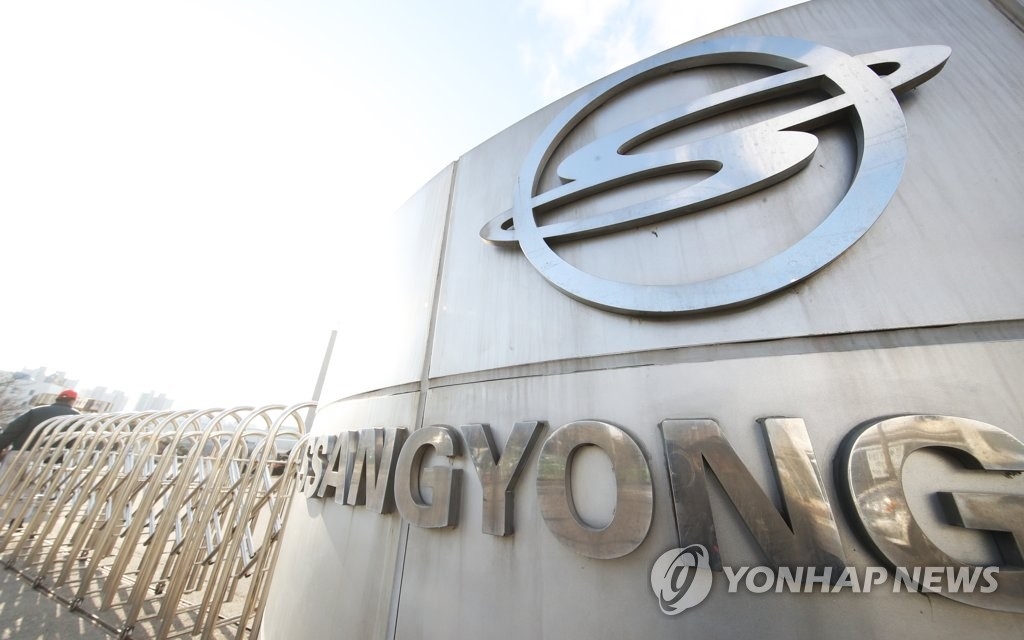
10 years after Ssangyong Motor graduated from legal management, the’nightmare’ is reappearing.
The Seoul Rehabilitation Court has requested an answer to the Ssangyong Motor Creditors Council for an answer on whether or not to commence rehabilitation procedures by the 6th.
The court has delayed the decision to commence rehabilitation two times in the meantime according to the ARS program that Ssangyong Motors applied for along with corporate rehabilitation.
In particular, they requested that HAAH Automotive, a leading investor in Ssangyong Motor, submit their investment intent by the deadline for the correction order on the 31st of last month.
However, Ssangyong Motor did not receive any response from HAAH Auto, such as a letter of intent for investment.
In fact, it seems to have stopped investing.
As a result, the court decided that the rehabilitation initiation procedure could not be delayed any longer, and on the 2nd, the Ssangyong Motor Creditors Council sought opinions on whether or not the rehabilitation procedure would commence.
According to Article 49, Paragraph 1 of the Debtor Rehabilitation Act, if there are no special circumstances such as the progress of ARS, in principle, a decision on whether to commence the rehabilitation procedure must be made within one month from the date of application for commencement of the rehabilitation procedure.
The court asked the creditors’ council for opinions on the nomination or appointment of managers, and on the appointment of Anjin Accounting Firm as an investigator for debtors.
The manager is expected to be appointed by President Yee Byung-tae.
In addition, it is known that the court is aiming for early graduation from court officials by rapidly proceeding with procedures such as deciding to commence rehabilitation.
It is reported that Ssangyong Motors announced its position to review early graduation when entering the corporate rehabilitation process.
It usually takes more than a year to complete the rehabilitation, but it is interpreted with the will to shorten it as much as possible.
Earlier, Ssangyong Motors applied for corporate rehabilitation in January 2009 due to severe business difficulties after the global financial crisis caused by the subprime mortgage crisis.
After graduating from court management in March 2011, the company went through the corporate rehabilitation process again after 10 years.
When the rehabilitation procedure commences, a consulting company specializing in rehabilitation determined by the court evaluates the surviving value of Ssangyong Motor.
If the rehabilitation value is judged to be high, measures to normalize through financial structure improvement and restructuring can be promoted and new investors can be found.
In this process, there is a possibility that the Ssangyong Motor Incident, which was caused by the layoffs of 2,600 employees, 36% of all employees during the large-scale human restructuring process as in 2009, will occur once again.
Ssangyong Motor’s capital erosion rate was 111.8% based on consolidated financial statements at the end of last year, which is in a state of complete capital erosion.
Ssangyong Motor’s employees are already leaving.
The number of Ssangyong Motor employees decreased from 5,3 at the end of 2019 to 4,869 at the end of last year.
However, in the industry, it was estimated that there were about three to four candidates, including Edison Motors, a domestic electric bus company, that had the intention to take over Ssangyong Motor after legal administration or who indicated their intention to take over.
(Photo = Yonhap News)
